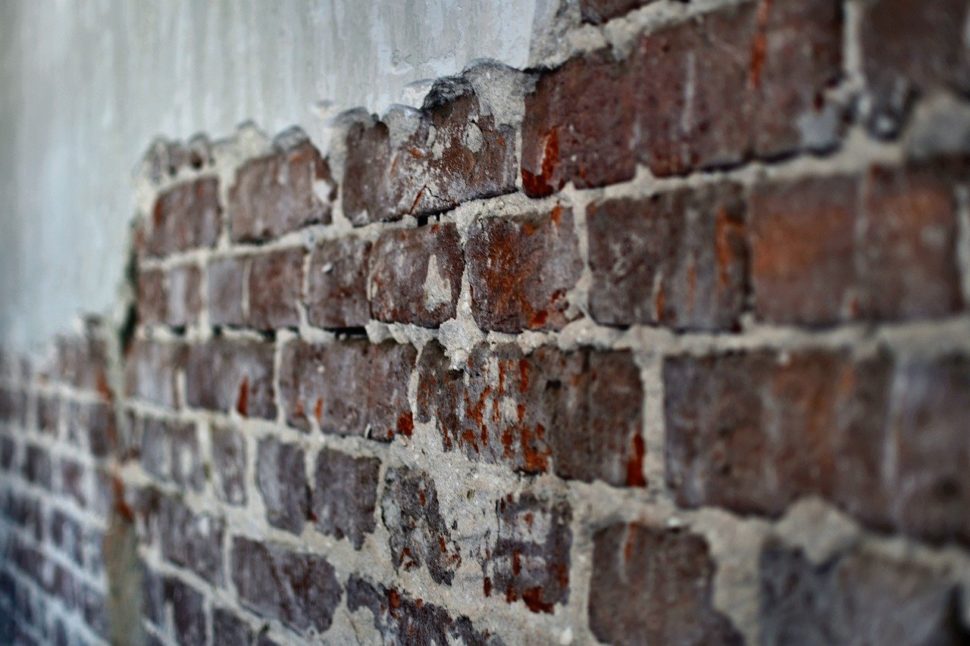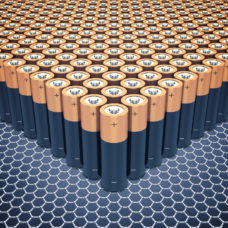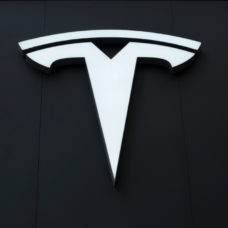The idea of using red bricks to power your electronic device may seem far-fetched. But, that’s not the case — at least, not anymore.
Red bricks have been around for thousands of years. They are one of the most common building materials known to man, and for good reasons.
Red bricks are relatively cheap. The raw materials to create these building materials are readily available, and they’re easy to maintain.
Along with being able to withstand extreme weather conditions, red bricks are also great insulators. They store heat energy absorbed during the daytime and release the heat after sunset.
However, a team of researchers at Washington University in St. Louis thought the bricks could pull their weight a bit more. So, they developed a method to make or modify red bricks that can store electricity.
In other words, users will be able to power devices using the energy stored in the building material. A proof of concept published in Nature Communications shows regular bricks powering green LED light.
Speaking about the project, assistant professor of chemistry at Washington University, Julio D’Arcy said:
“As a matter of fact, the work that we have published in Nature Communications stems from bricks that we bought at Home Depot right here in Brentwood (Missouri); each brick was 65 cents.”
Before now, using bricks for anything beyond a thermal mass for heating and cooling was a long-shot.
So, how did the team convert regular bricks into supercapacitors?
Using Regular Red Bricks to Light Up a Green LED

For the study, the researchers developed a coating of the conducting polymer, PEDOT. The polymer consists of nanofibers that could penetrate the inner porous network of a brick.
“A polymer coating remains trapped in a brick and serves as an ion sponge that stores and conducts electricity,” D’Arcy said.
According to the researchers, the iron oxide in bricks — red pigment or rust — is essential for triggering the polymerization reaction. They also pointed out that a wall made of these bricks can store substantial energy.
D’Arcy noted:
“We envision that this could be a reality when you connect our bricks with solar cells—this could take 50 bricks in close proximity to the load. These 50 bricks would enable powering emergency lighting for five hours.”
The researcher further explained that users would be able to power microelectronic sensors by connecting a couple of bricks.
Also, users won’t have to worry when a wall runs out of power. The supercapacitor can be recharged hundreds of thousands of times within an hour, said the researchers.



















Comments (0)
Most Recent